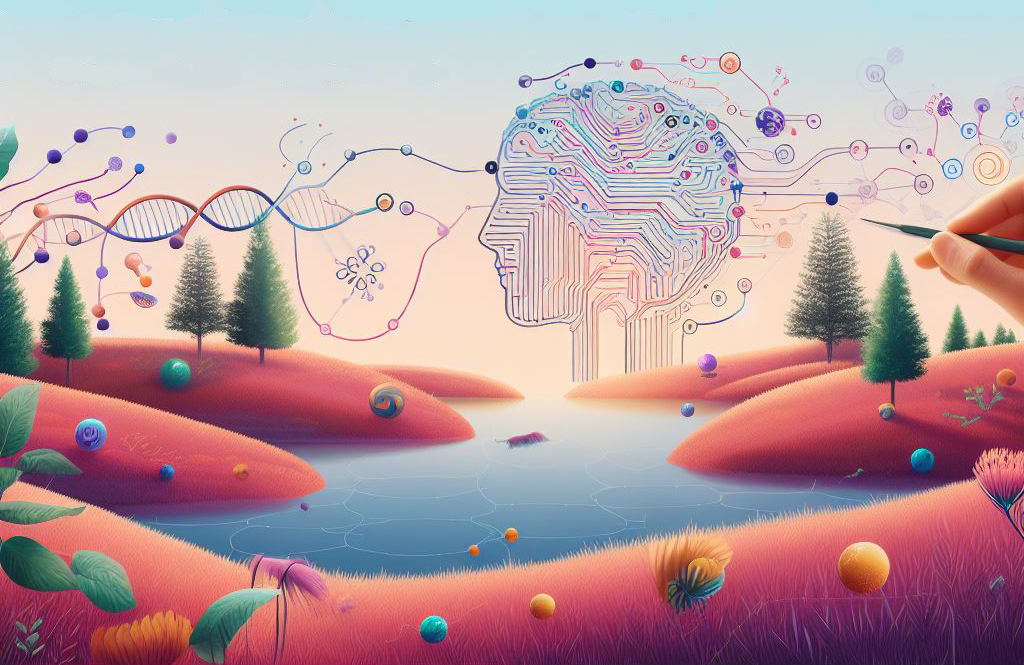How students can use AI in the classroom
The recent announcements by OpenAI and Microsoft that organisations can now build their own customised chatbots is something of a game changer for education, because it enables the pre-training that I have discussed in earlier articles in this series to be implemented and monitored. This would enable a version of AI to be produced that students can use effectively in the classroom because it is stable and reliable.
The remaining articles will look to see how students could use AI in classrooms. We will focus on four key aspects of teaching and learning, which occur in all lessons in all classrooms.
The four areas are:

The learning context concerns the selection and use of appropriate knowledge and skills as content for the lesson.
The learning outcomes consider the various ways that students become aware of the criteria for a successful piece of work.
The learning conversation discusses varied interactions in the classroom that lead to students’ learning the lesson content. This includes social conversations and the private conversations that a student has with their “inner voice” that lead to learning.
The learning community considers the impact of the wider community beyond the classroom that impact on teaching and learning.
ICT and AI can affect each of these areas in a variety of different ways, as we shall see in the next articles.
| Q. Think about the different kinds of learning conversations that take place in the classroom. How do you help and encourage to have their own “private” conversations, which is where the learning takes place. Can AI help students with these private conversations or is it solely another form of social conversation? |
Updated 16/01/24 to include end of article question.
